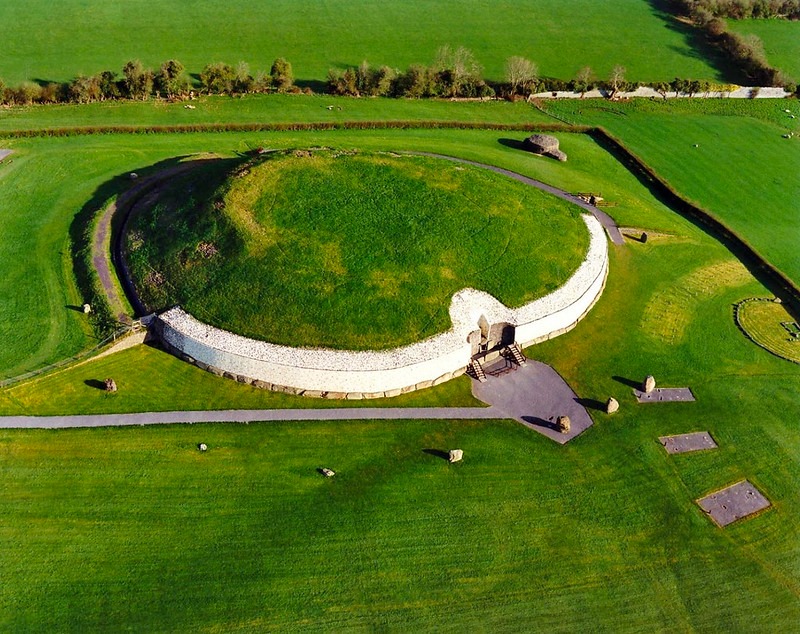Newgrange: A Stone Age Passage Tomb In County Meath, Ireland
In County Meath, Ireland, Newgrange is a fascinating ancient site that has captured the interest of many.
Newgrange was built about 5,200 years ago by early farmers and it is older than both Stonehenge and the Great Pyramids of Giza.
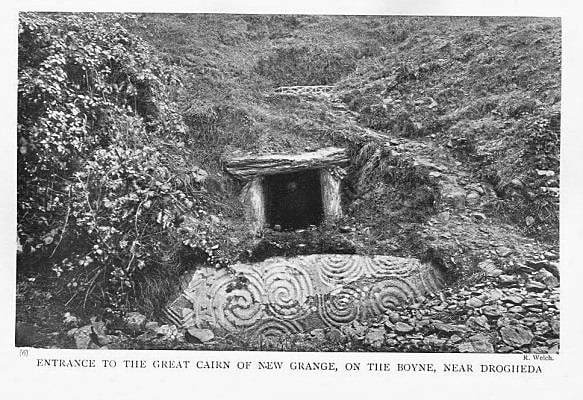
What is Newgrange?
Newgrange is a large, circular mound with a diameter of 85 meters (279 feet) and a height of 13 meters (43 feet).
It covers an area of about one acre.
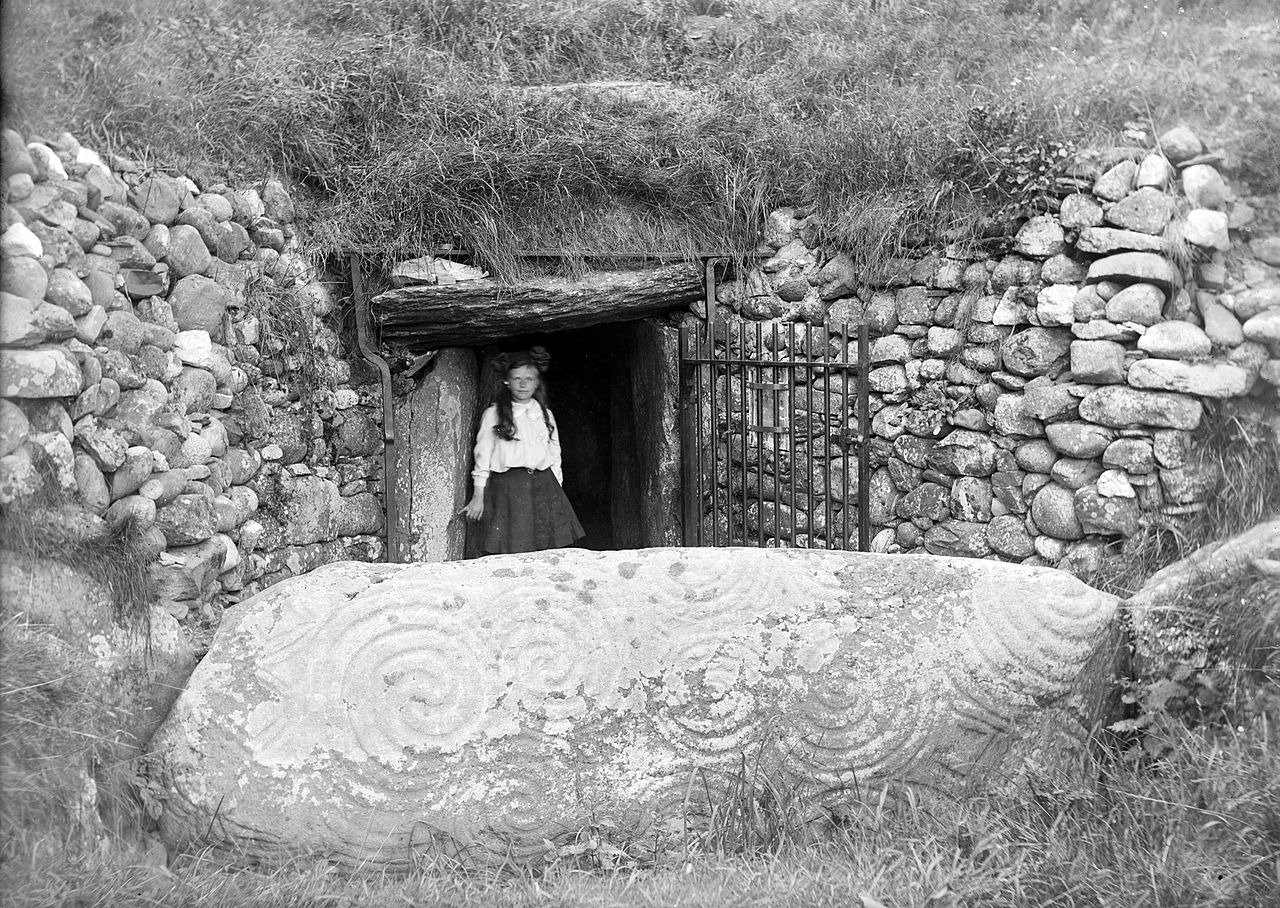
The mound is surrounded by 97 large stones, some of which are decorated with ancient symbols.
The most famous of these is the entrance stone, which has intricate carvings.
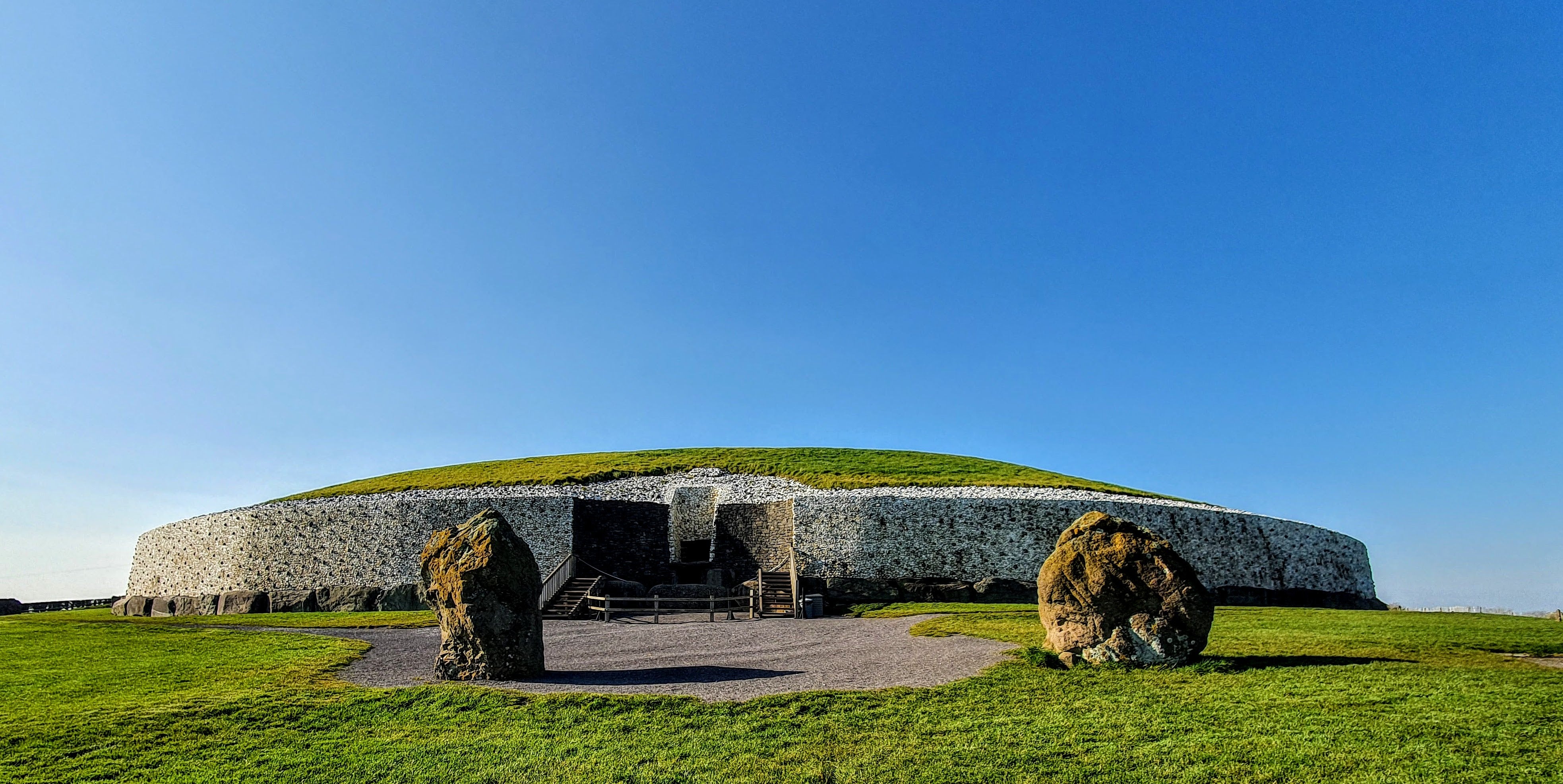
Inside the mound is a passage that is 19 meters (62 feet) long.
This passage leads to a central chamber with three side alcoves.
The chamber is known for its special roof, which is designed to let sunlight in during the winter solstice.
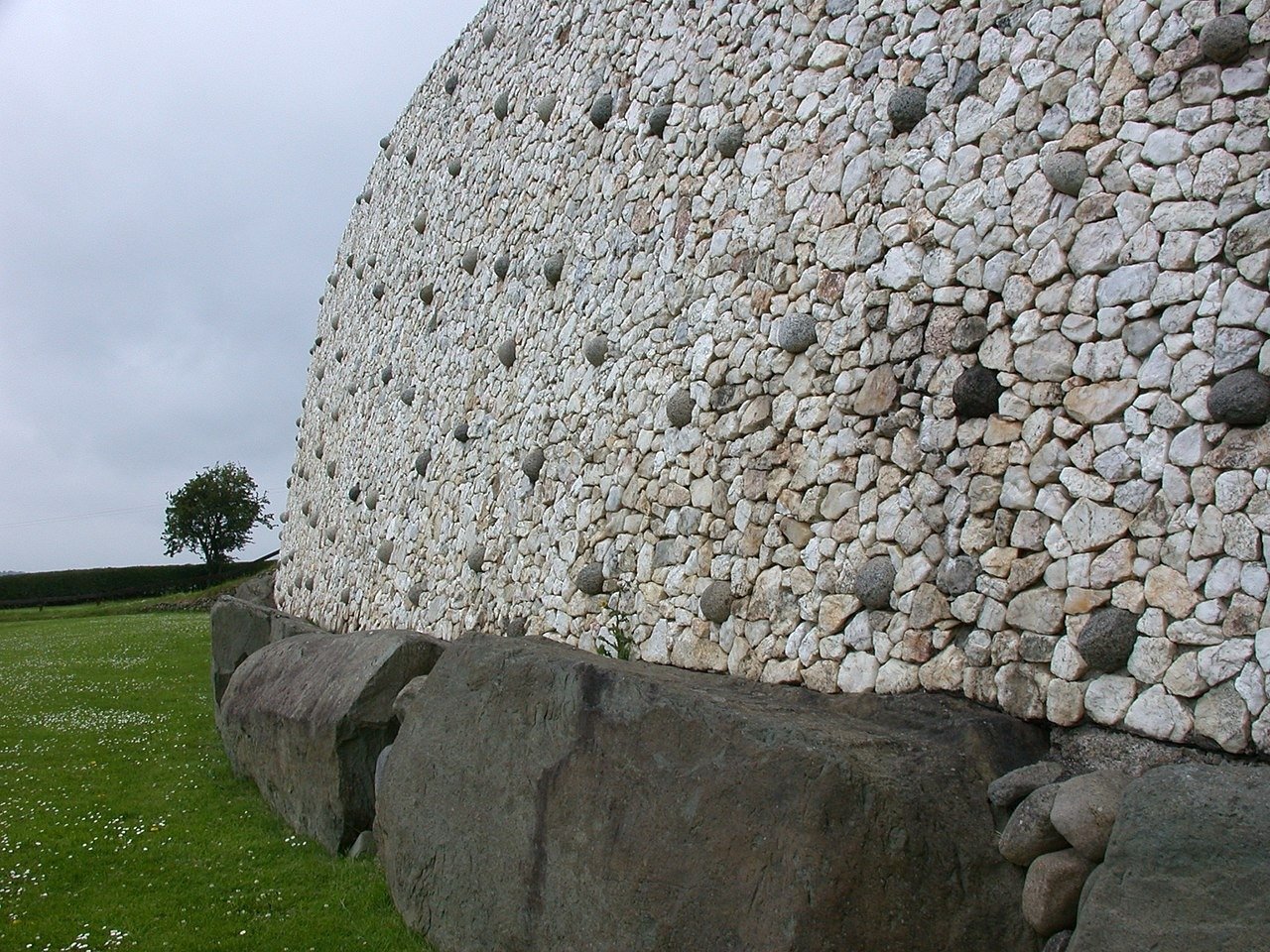
The Winter Solstice Event
Newgrange is well-known for a spectacular event that happens around the winter solstice.
A small opening above the entrance, called a roof-box, allows a beam of sunlight to enter the chamber on the shortest day of the year.
This light gradually brightens the chamber over about 17 minutes, creating a stunning effect.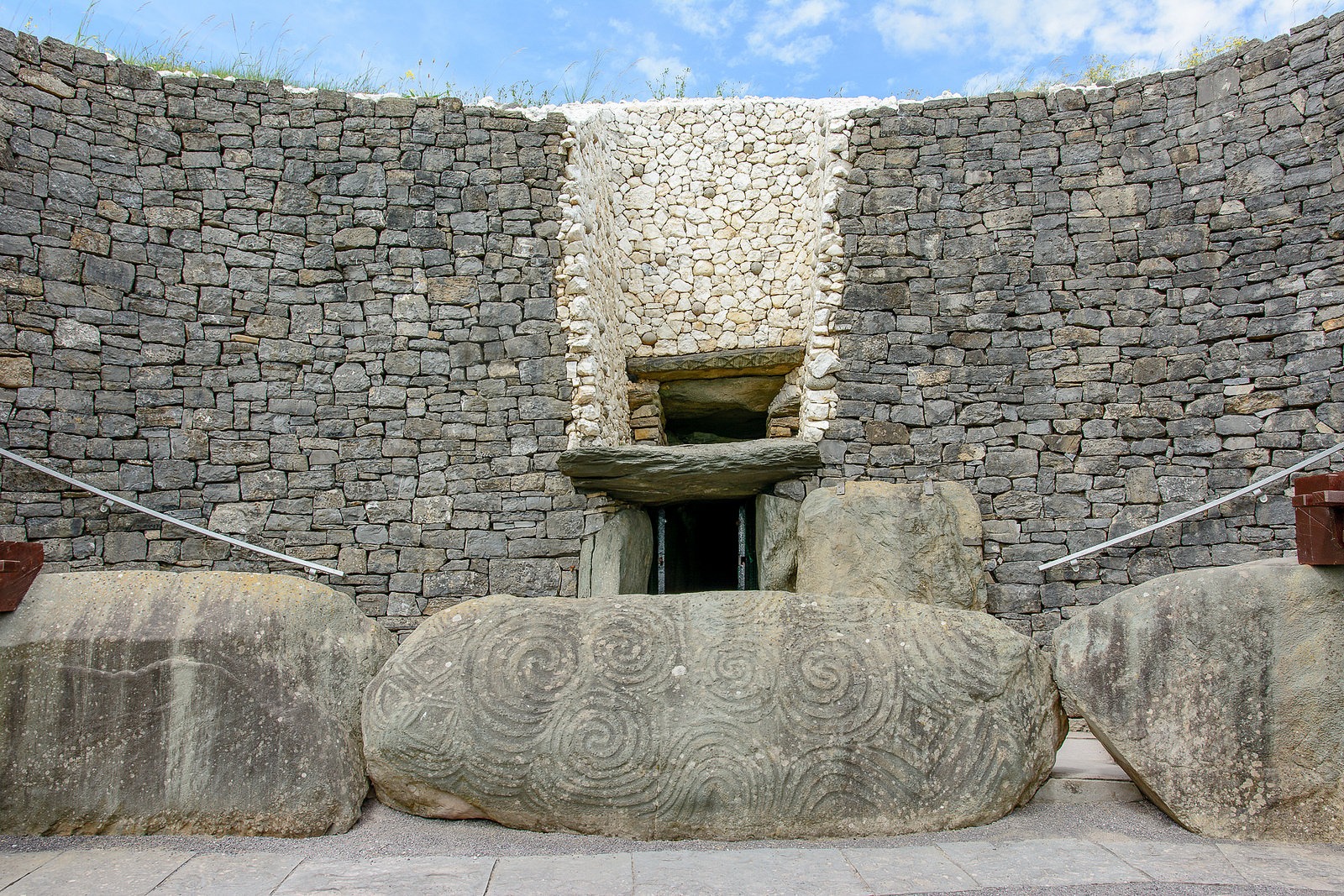
The precise way Newgrange is aligned with the winter solstice suggests it was built to celebrate the return of longer days and the triumph of light over darkness.
This event is significant because it shows the advanced knowledge of astronomy that the builders had.
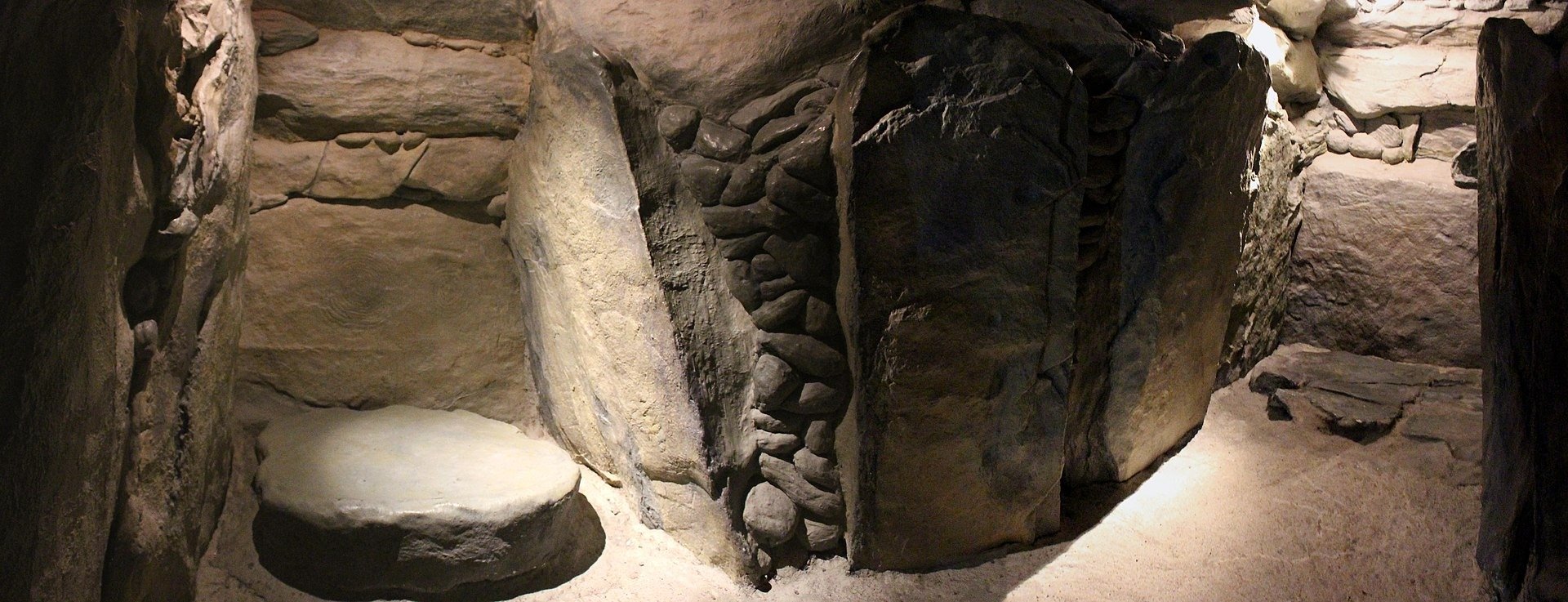
The History and Culture
Newgrange was built by a community of farmers who lived in the fertile Boyne Valley.
It is part of a group of ancient sites along the River Boyne, including Knowth and Dowth, which are also important historical landmarks.
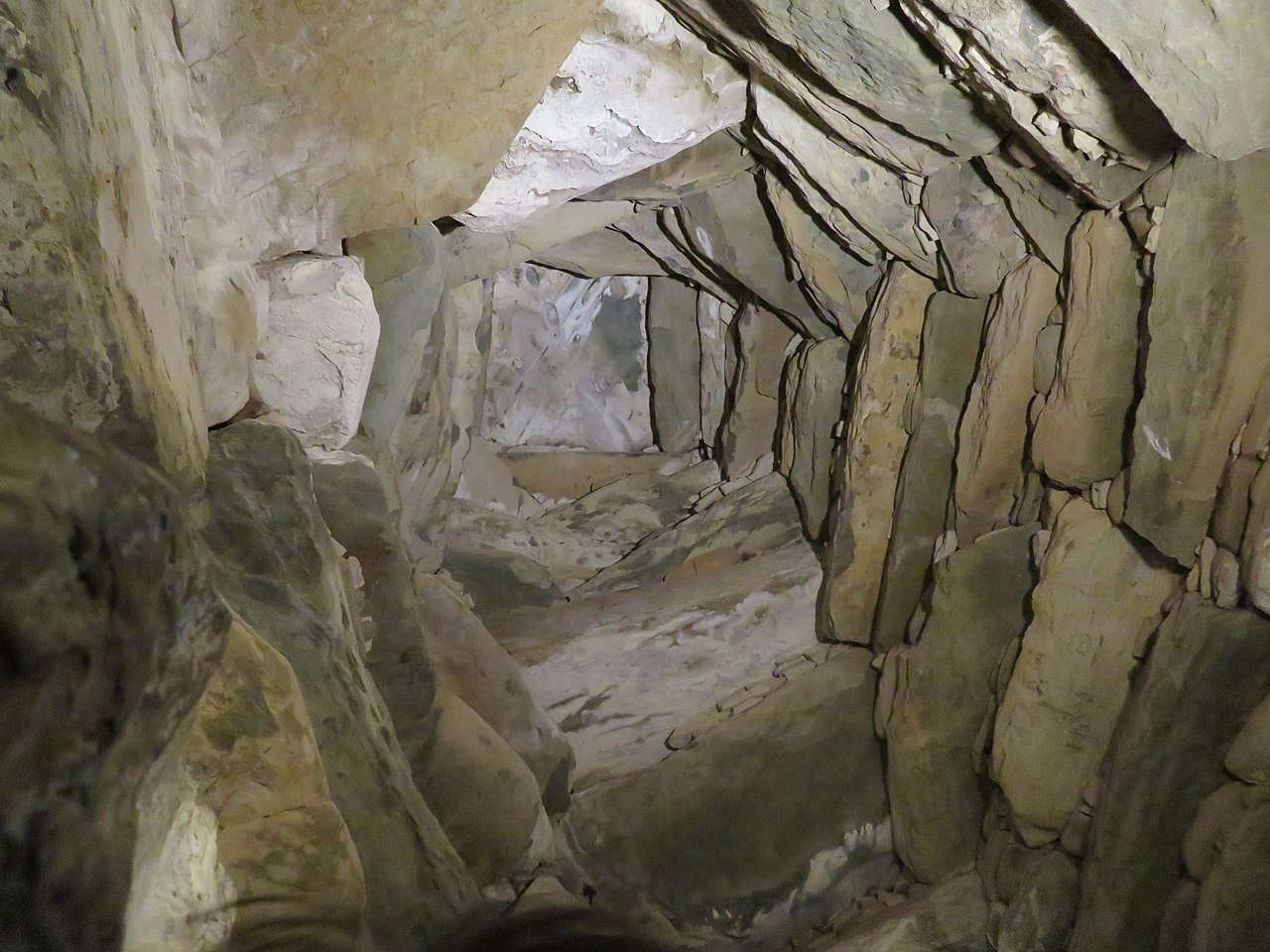
Originally, Newgrange was thought to be just a burial site, but it is now considered a much more important structure.
It is seen as an ancient temple used for ceremonies and spiritual purposes, much like modern cathedrals.

Archaeological Discoveries
The significance of Newgrange was brought to light through archaeological investigations initiated in the 1960s by Michael J. O’Kelly.
These excavations revealed the monument’s original white quartz façade, which has been partially reconstructed in recent decades.
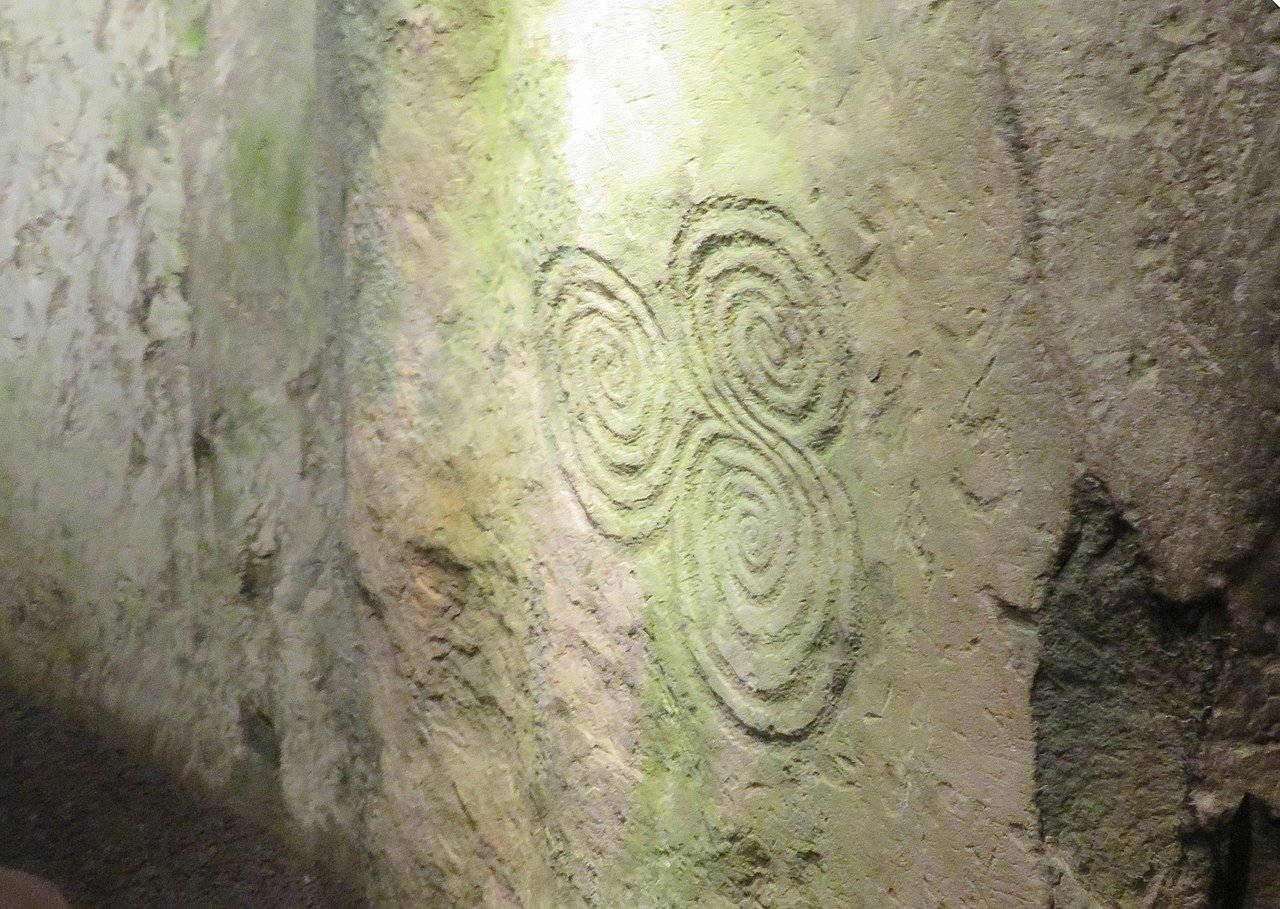
The restoration efforts aimed to recreate the monument’s ancient appearance and provide a clearer understanding of its historical context.
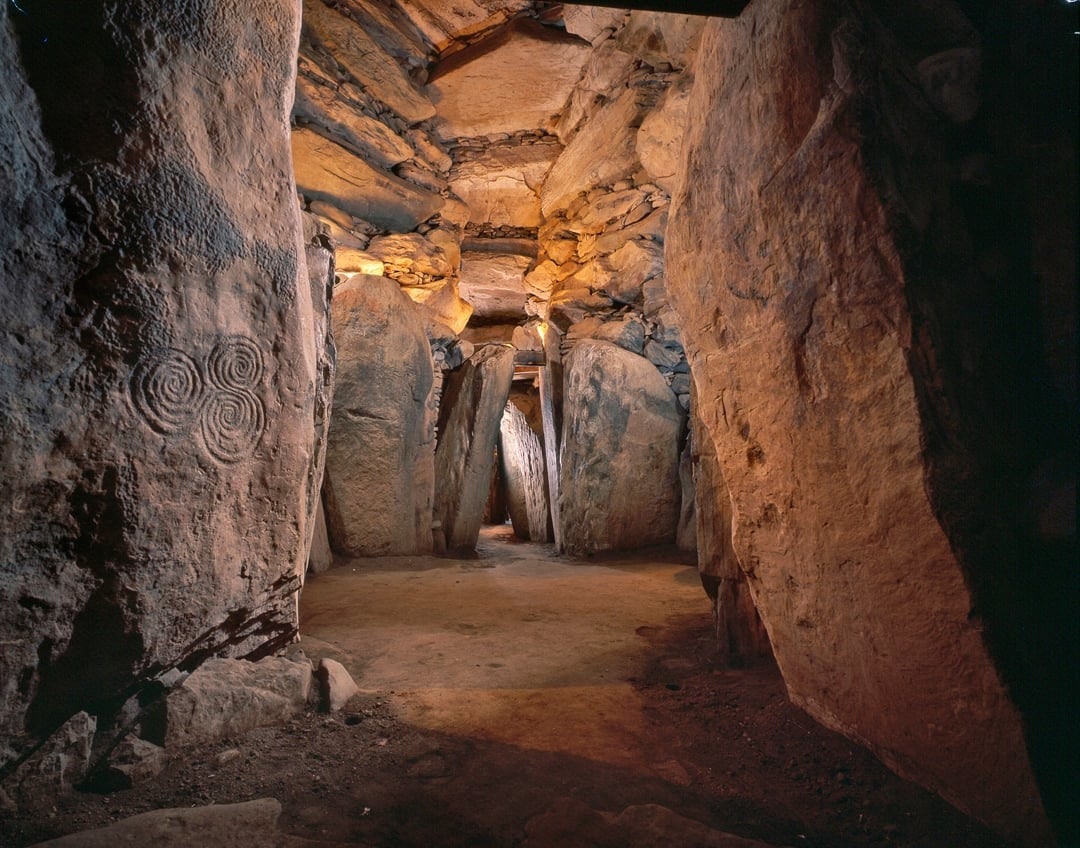
Visiting Newgrange
To visit Newgrange, you need to start at the Brú na Bóinne Visitor Centre, which is on the south side of the River Boyne.
From there, you take a pedestrian bridge across the river and a shuttle bus to Newgrange.
There is no direct road access to Newgrange, except for special occasions like the winter solstice.
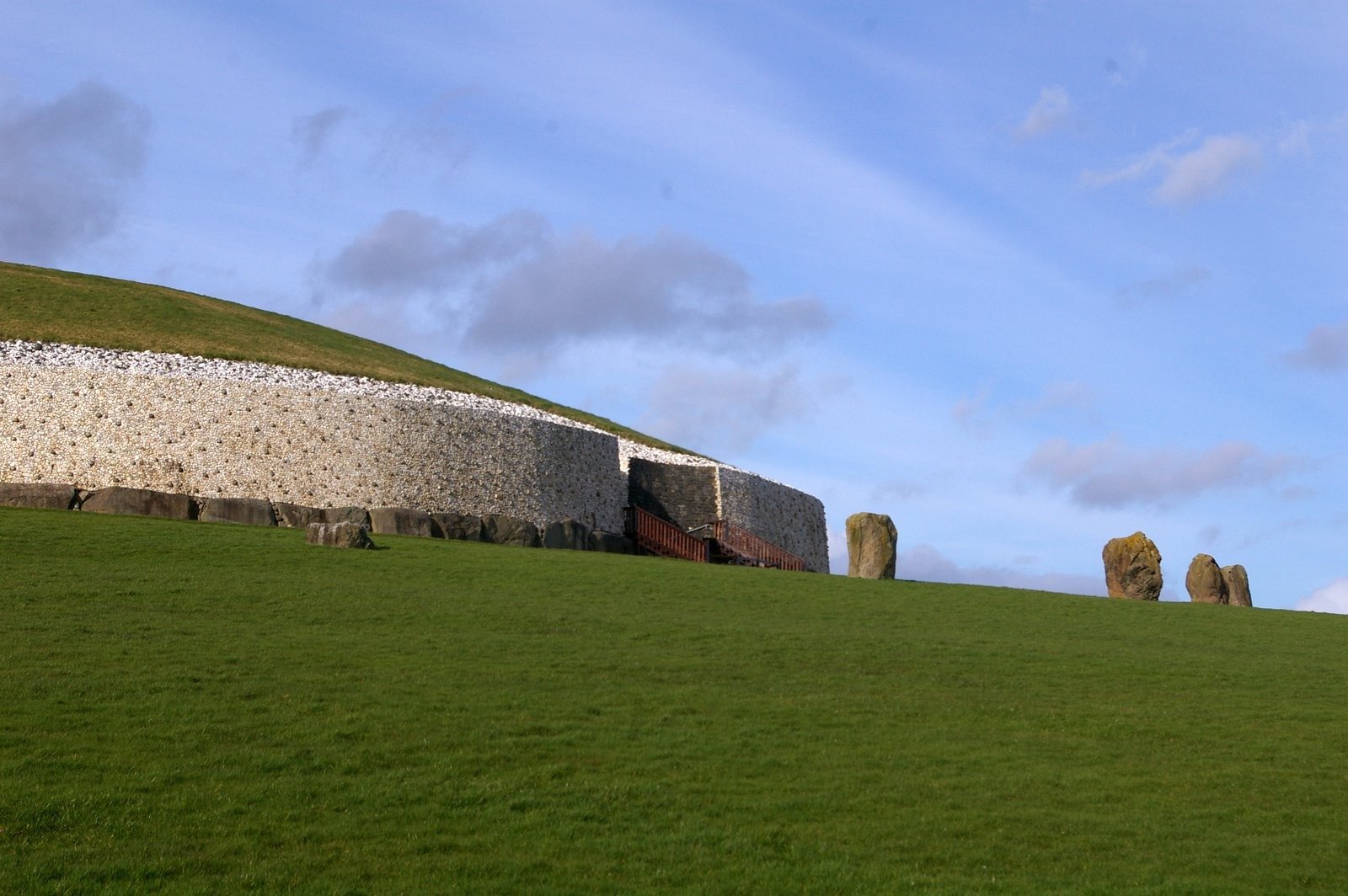
During the winter solstice, there is a lottery that gives people a chance to see the light show inside the chamber.
Because the weather can be unpredictable, this event depends on clear skies, but it remains a memorable experience to witness the ancient light show.
